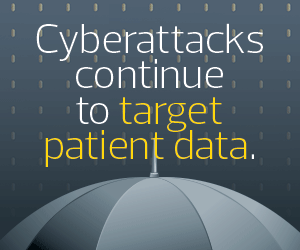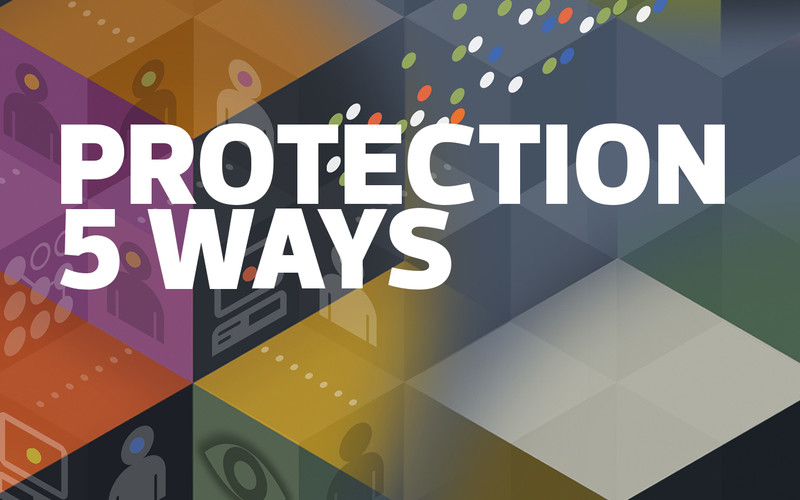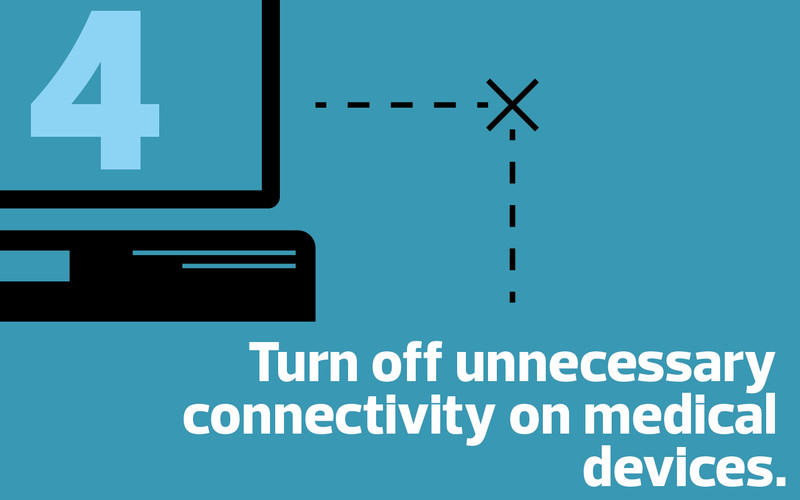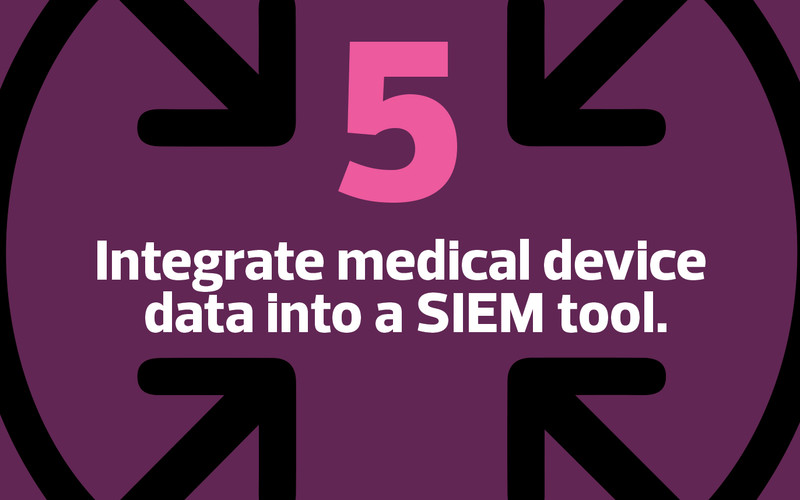Yale New Haven Health Takes Inventory of Medical Devices
Yale New Haven Health, which serves communities from New York’s Westchester County to Westerly, Rhode Island, has expanded in recent years through acquisitions of visiting nurse associations and hospitals. As the healthcare organization combined its resources into one system, a key challenge was creating an inventory of all the types of medical devices.
Health systems must track desktops and laptops for clinicians as well as biomedical devices, security cameras and temperature monitors, says Yale New Haven Health Vice President and CISO Glynn Stanton.
“It really does require a multilayered approach to get that database of connected equipment together,” Stanton says. That consists of active scanning, passive monitoring of the network and using tools to help identify the devices that need protection.
Yale New Haven Health used a Medigate collection server to track the inventory of devices. The job is never straightforward, says Christopher Parchinski, the organization’s technical information security officer.
“As much as you get a piece of paper that says, here's what you have, there's always a discrepancy,” Parchinski says.
Yale New Haven Health uses security risk scores to determine threat levels for its network. The scores factor in the network type, whether the network is connected to the internet and a VPN, and whether it has operating system vulnerabilities, Parchinski says. Other score factors include whether a device has personal health information and the degree of data sensitivity.


















